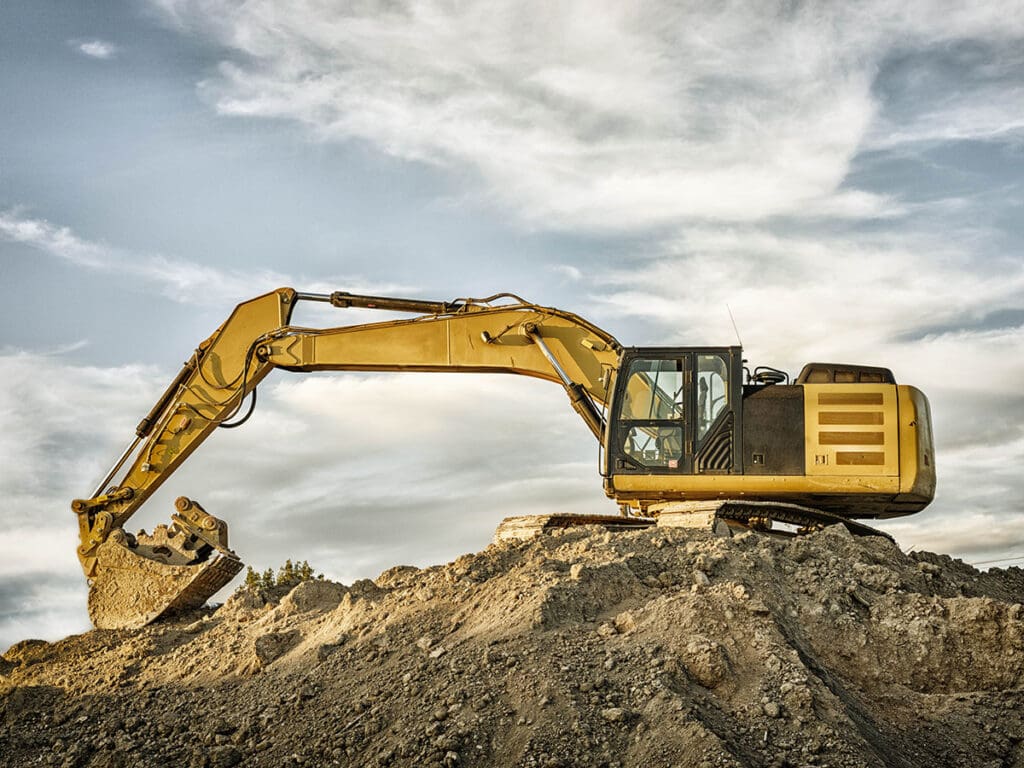Mapinga energy project to create 7 000 jobs
Share

THE Mapinga Mines Energy Industrial Park, in Mashonaland West Province, whose
construction is set to start in early 2024, will eventually create 7000 new jobs.
The first phase of the project is expected to start during the first three months of
2024 and will enhance local beneficiation and value-addition of minerals.
Two companies – Eagle Canyon and Pacific Goal – from China are behind the
development of the project, with detailed processes designs being undertaken in
collaboration with the China Design Institute.
The companies are involved in mining, minerals beneficiation, mineral processing
designs and property developments globally, among many other industries.
In September 2022, President Emmerson Mnangagwa presided over the signing of a
Memorandum of Understanding (MOU) between the Government and a Chinese
joint venture entity for the establishment of the Mapinga Mines Energy Industrial
Park.
Since then, an Inter-Ministerial Committee spearheading different aspects of the
project development has met 37 times, planning the execution and implementation of
the Energy Industrial Park.
The project is being established in phases on a 5000hectare site in Mapinga, along
the Harare – Chinhoyi Road.
On Monday, the Minister of Mines and Mining Development, Zhemu Soda, led a
delegation, which included the Minister of State for Provincial Affairs and Devolution
in Mashonaland West, Marian Chombo, on a tour of the site in order to gain an
appreciation of the progress and the scope of the requirements.
The Mapinga Energy Industrial Park will become a centre of value-addition and
beneficiation of minerals and the development of power generation capacity
amounting to 600MW.
Phase One of this project, which commences during the first quarter of 2024 and
runs through for the next four years will result in the establishment of a Lithium
Sulphate Refinery (battery grade lithium), graphite refinery, nickel chromium alloy
refinery and nickel sulphate refinery.
In a briefing paper, during the project site visit, Lionel Mhlanga, the representative of
Eagle Canyon and Pacific Goal, explained that the above processes are all key
ingredients in the booming energy vehicle industry, adding: “the entire world is on an
intense hunt for minerals and energy resources to bolster strategic reserves in the
key new energy minerals that include lithium, copper, graphite, cobalt and nickel”.
“Our company,” he explained, “is at various stages of mine exploration and
development. These mines will form part of the feed into our refineries. The
refineries will, however, be available to beneficiate products from other producers of
raw ore.”
Mhlanga said Phase Two of the project will involve construction of new energy
downstream industries, which include battery manufacturing plant, wind turbines
manufacturing, solar panels and inverters, among others.
In June this year, representatives from the Chinese Chamber of Commerce visited
the energy industrial park project site and there were immediate expressions of
interest in participating from 20 companies.
Exercises to determine water supply sufficiency have already been undertaken with
the Zimbabwe National Water Authority (ZINWA), and Darwendale Dam has been
identified as having sufficient water for the industrial needs of the project.
The railway station at Darwendale has also been evaluated as it will be critical for the
movement of various commodities into and out of the energy park, with upgrades to
the siding as well as the route from Lochinvar to Darwendale sections being
undertaken by a Chinese company, JV and the National Railways of Zimbabwe.
“Urban settlement options are being considered for the Darwendale area, which will
soon expand to town to cater for the more than 7,000 workers and their families, who
will eventually be employed in the energy park,” Mhlanga stated.
Consultations continue to be held with all the relevant stakeholders who include
traditional chiefs, resident ministers, provincial and district administration structures,
members of parliament, councillors, headmen and farmers.









